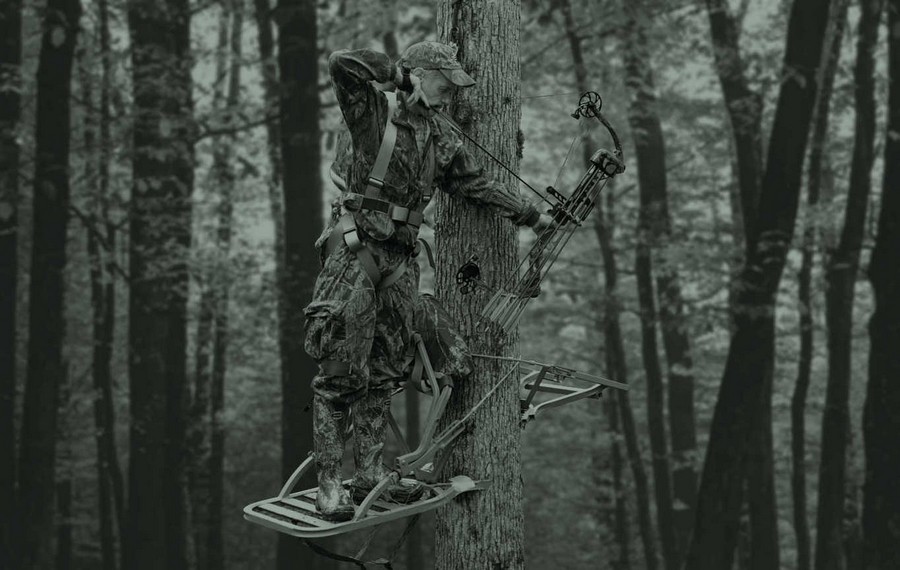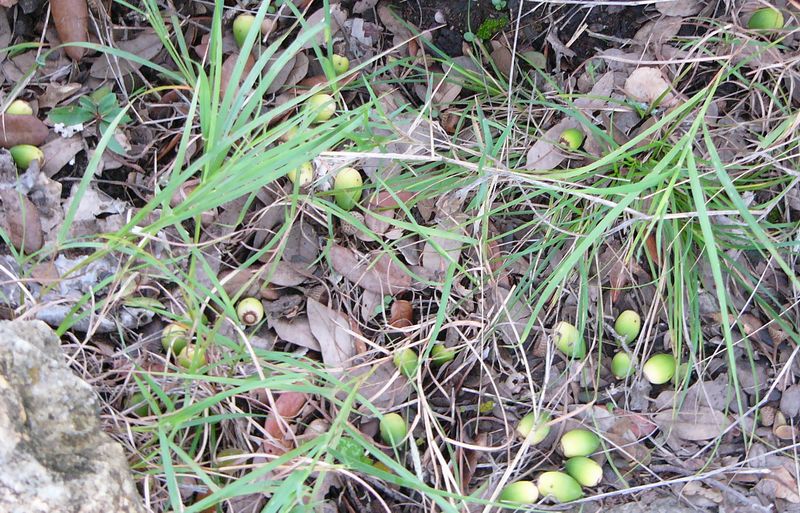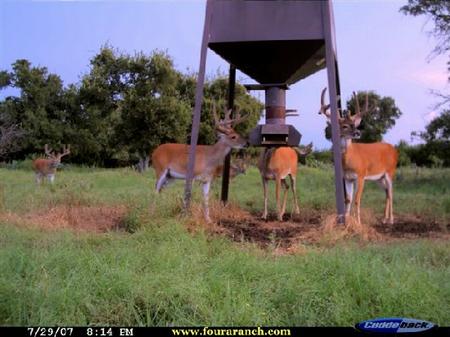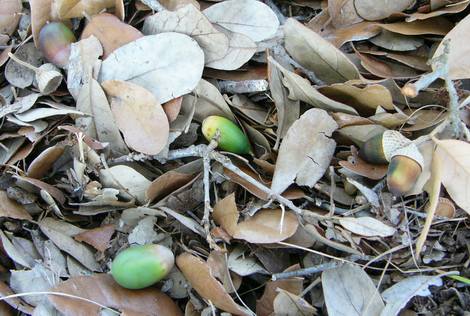If Texas’ archery season had opened a few weeks ago when habitat conditions were fair to poor at best, opening weekend might have been likened to shooting fish in a barrel. Well, it probably would not have been that easy, but just a couple of weeks ago range conditions were horrible over much of the state due to severe to extreme drought conditions. A lack of rainfall had resident white-tailed deer hustling to make a living. That is no longer the case. What bowhunters found this past weekend was that they themselves were the fish in the barrel.
Bowhunters that took the field on Saturday and Sunday in search of whitetail found themselves pretty soggy. Sure, the weather opening morning was decent, but rain and clouds literally sat over most of Texas for the rest of the weekend. As a matter of fact, those rain-makers are still out there and weather forecasters are calling for more precipitation for the remainder of the week. So from a bowhunter’s perspective, the archery opener was less than ideal and I suspect deer harvests numbers were way down. Texas’ white-tailed deer, on the other hand, are knee-deep in acorns and succulent fall forbs.
The hot, dry summer had deer scrambling in search of native forage, but recent, abundant rains have turned the once brown landscape Scotland green. Parts of Central Texas have received 12 or more inches of rain in the past couple of weeks—some in a single day! To add insult to injury, oak trees recently dropped massive acorn crops despite dry spring and summer conditions. I call it the bowhunters curse, and it happens more often than not.
Just when hunters think they have the white-tailed deer in patterned, here comes the acorns and fall forbs and then all bets are off. Well, the only thing that you can bet on is that deer will be spread out just like the food—and that if you’re set up near a feeder you will not see a deer. A heavy acorn crop combined with improved habitat conditions make it difficult for bowhunters to pin-point where deer will be feeding, unless there are only a handful of oak trees in an area. That is usually not the case.
But it’s not all bad, particularly for the deer. With fall at hand and winter around the corner, white-tailed deer need to fatten up for hard times ahead. The good acorn crop will help with that. Fifty percent of the calories a deer obtains from an acorn comes from fat; another 40% comes from carbohydrates. The timely rains have boosted habitat conditions and produced a bumper crop of cool season forbs. Forbs are high in carbs, too, but also loaded with protein—as high as 25 to 30 % digestible protein in some cases. So bowhunters may have suffered the early fall curse this past weekend, but Texas’ white-tailed deer have been blessed this fall.



